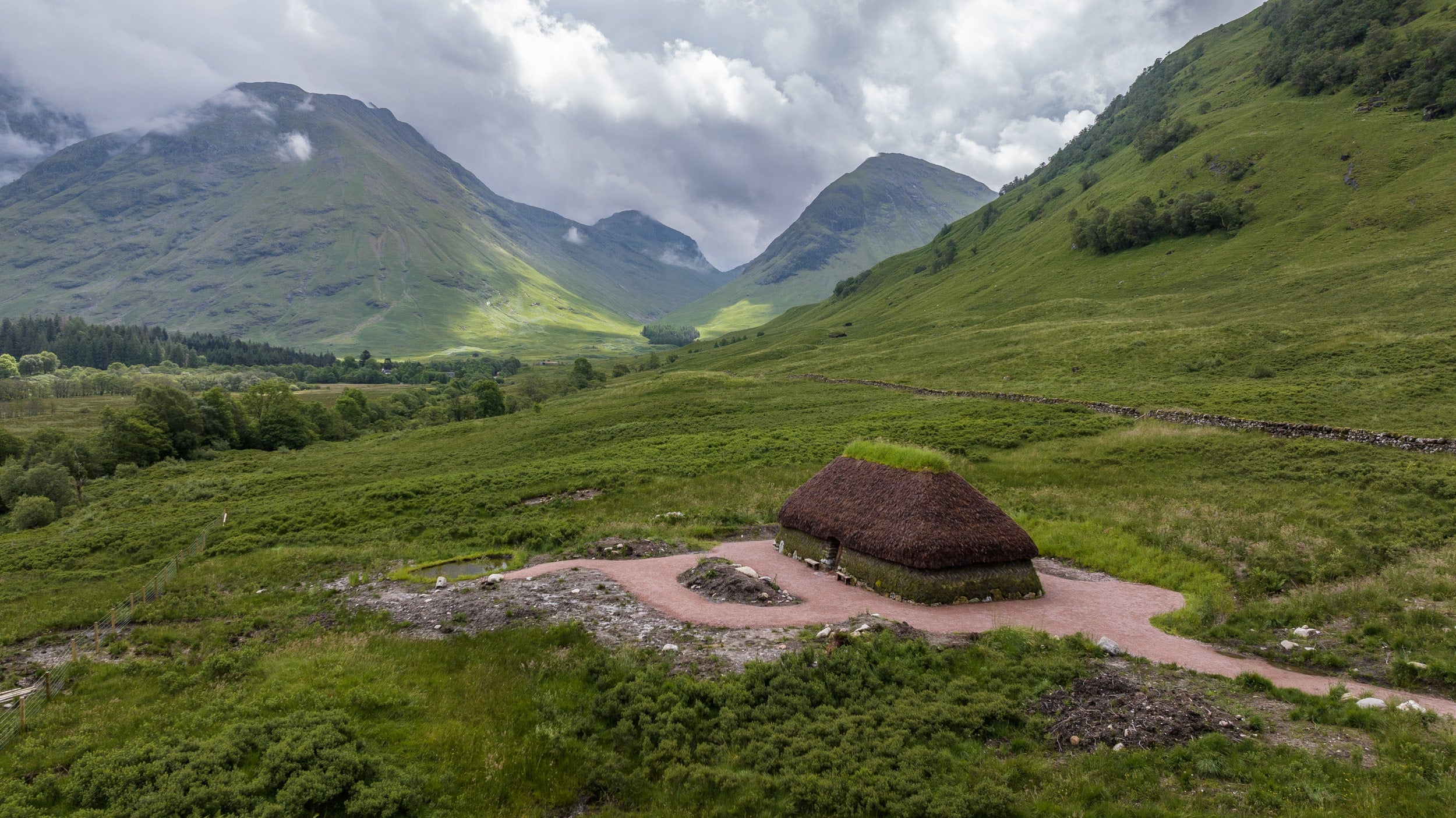Replica turf and creel house gives glimpse of life in 17th-century Glencoe
The house was built using traditional methods.

Your support helps us to tell the story
From reproductive rights to climate change to Big Tech, The Independent is on the ground when the story is developing. Whether it's investigating the financials of Elon Musk's pro-Trump PAC or producing our latest documentary, 'The A Word', which shines a light on the American women fighting for reproductive rights, we know how important it is to parse out the facts from the messaging.
At such a critical moment in US history, we need reporters on the ground. Your donation allows us to keep sending journalists to speak to both sides of the story.
The Independent is trusted by Americans across the entire political spectrum. And unlike many other quality news outlets, we choose not to lock Americans out of our reporting and analysis with paywalls. We believe quality journalism should be available to everyone, paid for by those who can afford it.
Your support makes all the difference.A replica 17th-century turf and creel house has officially opened in Glencoe, offering visitors a glimpse of how people lived around the time of the 1692 massacre.
Skilled craftspeople began building the turf, wattle and thatch structure using traditional materials, tools and techniques in 2021.
The National Trust for Scotland (NTS) recreation has the same footprint as one of the late 17th-century dwellings excavated by the conservation charity’s archaeologists and volunteers at the former township of Achtriochtan, near the Three Sisters of Glencoe.
Visitors can now explore the turf and creel house for themselves at the Glencoe Visitor Centre.
They can also enjoy an audio installation that conjures up the sounds, speech and songs of life in the glen 300 years ago, featuring noises such as the cry of wildlife and livestock, the chatter of domestic life, and the sounds of socialising at a traditional evening ceilidh.
Emily Bryce, NTS operations manager for Glencoe, said: “Turf and creel houses were once scattered across the Highlands and are an important part of Scotland’s architectural heritage. They tell us a lot about the communities in pre-Clearance Highland landscapes like Glencoe.
“While tourists who come here have often heard of the tragic events of the Glencoe Massacre, we want them to go away with an understanding of the lives that were lived here, as well as those that were lost here in 1692.
“This building now offers a great space in which to immerse visitors from around the world, and the community on our doorstep, in the story of those who made their homes here for centuries.
“We are incredibly grateful to the support of all those whose donations have made this project possible and are looking forward to the next stage in its development.
“This is very much a work-in-progress and we will continue to work together with local partners to explore ways to make the most of this unique building.”
Thirty-eight members of the MacDonald clan were killed by government troops loyal to King William in the Glencoe Massacre in February 1692, while many more died of exposure.
An official opening event for the house took place on Thursday.
Historic Environment Scotland (HES) has been a key partner in the project.
It funded two trainees to support the project team while developing their own skills, with one focused on traditional building crafts and the other on heritage engagement and interpretation.
Lucy Doogan, one of the HES trainees, grew up in Glencoe and can trace her family back to those who lived in the area at the time of the massacre.
She said: “It has been fantastic to have the opportunity to be part of this.
“Our creel house really helps visitors visualise a time when the glen itself would have looked very different to how it does today, home to a bustling community living in wee townships with a rich Gaelic culture.
“I hope we can rekindle this past while creating new stories here in the future.”